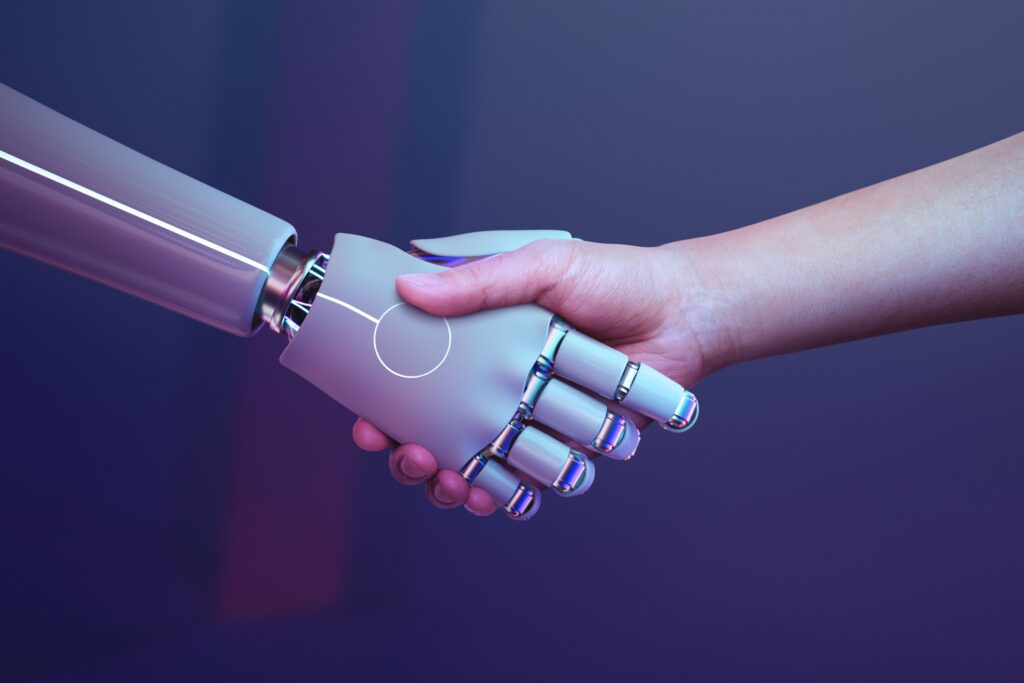Artificial Intelligence (AI) is one of the most transformative technologies of our time. It powers everything from voice assistants like Siri and Alexa to advanced medical diagnostics and self-driving cars. But what exactly is AI? How does it work? And what does its future hold?

This guide provides a thorough, in-depth exploration of AI—free from overused buzzwords like “digital age” or “evolution.” Instead, we focus on clear explanations, real-world applications, and the technical foundations that make AI possible.
1. What Is Artificial Intelligence?
Artificial Intelligence (AI) refers to the ability of machines to perform tasks that typically require human intelligence. These tasks include:
- Learning – Acquiring information and improving over time.
- Reasoning – Drawing conclusions from data.
- Problem-solving – Finding solutions to complex challenges.
- Perception – Recognizing speech, images, and patterns.
- Decision-making – Choosing the best course of action.
Unlike traditional software, AI systems do not rely on rigid, pre-programmed rules. Instead, they use algorithms that allow them to learn from data and adapt to new situations.
Key Characteristics of AI
- Adaptability – AI systems improve with experience.
- Autonomy – They can operate without constant human intervention.
- Scalability – AI can process vast amounts of data quickly.
Examples of AI in Everyday Life
- Recommendation Systems (Netflix, YouTube, Amazon)
- Voice Assistants (Siri, Alexa, Google Assistant)
- Fraud Detection (Banks using AI to spot suspicious transactions)
- Autonomous Vehicles (Self-driving cars by Tesla, Waymo)
2. How Does AI Work? (A Step-by-Step Breakdown
AI systems function through a combination of data, algorithms, and computing power. Here’s how the process works:
Step 1: Data Collection
AI requires massive datasets to learn. This data can be:
- Structured (e.g., spreadsheets, databases)
- Unstructured (e.g., text, images, videos)
Example: A facial recognition AI needs millions of labeled face images to learn how to identify people.
Step 2: Data Preprocessing
Raw data is often messy. AI engineers clean and organize it by:
- Removing duplicates
- Fixing errors
- Standardizing formats
Step 3: Model Training
AI uses machine learning (ML) algorithms to analyze data. The most common techniques include:
- Supervised Learning (Learning from labeled examples)
- Unsupervised Learning (Finding patterns without labels)
- Reinforcement Learning (Learning through trial and error)
Example: A spam filter learns by analyzing thousands of emails marked as “spam” or “not spam.”
Step 4: Testing & Validation
Before deployment, AI models are tested on new data to ensure accuracy. Metrics like precision, recall, and F1-score measure performance.
Step 5: Deployment & Continuous Learning
Once live, AI keeps improving by processing new data. Some systems use feedback loops where human corrections help refine predictions.
3. Types of Artificial Intelligence
AI can be classified into three broad categories:
1. Narrow AI (Weak AI)
- Designed for specific tasks (e.g., chatbots, facial recognition).
- Cannot perform outside its programmed function.
- Examples: Google Search, Amazon’s recommendation engine.
2. General AI (Strong AI)
- Hypothetical AI with human-like reasoning across all domains.
- Does not yet exist (still a research challenge).
- Would require consciousness and self-awareness.
3. Superintelligent AI
- A theoretical AI that surpasses human intelligence in all areas.
- Raises ethical concerns (e.g., control, safety).
- Currently speculative (no known implementations).
4. Major AI Techniques & Technologies
A. Machine Learning (ML)
- Algorithms that learn from data without explicit programming.
- Subtypes:
- Supervised Learning (Predictive modeling)
- Unsupervised Learning (Clustering, anomaly detection)
- Reinforcement Learning (Reward-based learning)
B. Deep Learning (DL)
- Uses neural networks to model complex patterns.
- Powers image recognition, speech synthesis, and natural language processing (NLP).
- Requires large datasets and high computational power.
C. Natural Language Processing (NLP)
- Enables machines to understand and generate human language.
- Applications:
- Chatbots (e.g., ChatGPT)
- Translation (e.g., Google Translate)
- Sentiment analysis (e.g., brand monitoring)
D. Computer Vision
- AI that interprets visual data (images, videos).
- Used in:
- Facial recognition (e.g., iPhone Face ID)
- Medical imaging (e.g., detecting tumors)
- Autonomous vehicles (e.g., obstacle detection)
5. Real-World Applications of AI
Healthcare
- Diagnosis Assistance (AI detects diseases from X-rays, MRIs)
- Drug Discovery (AI speeds up pharmaceutical research)
- Personalized Medicine (AI tailors treatments based on genetics)
Finance
- Fraud Detection (AI spots unusual transactions in real time)
- Algorithmic Trading (AI makes stock trades in milliseconds)
- Credit Scoring (AI predicts loan default risks)
Retail & E-Commerce
- Personalized Recommendations (Amazon, Netflix)
- Inventory Management (AI predicts demand trends)
- Cashierless Stores (Amazon Go)
Manufacturing
- Predictive Maintenance (AI detects machine failures before they happen)
- Quality Control (AI inspects products for defects)
- Robotic Automation (AI-powered assembly lines)
Transportation
- Self-Driving Cars (Tesla, Waymo)
- Traffic Optimization (AI reduces congestion in smart cities)
- Drone Deliveries (Companies like Amazon and UPS testing AI drones)
6. Ethical Challenges & Risks of AI
A. Bias & Discrimination
- AI can reinforce biases if trained on skewed data.
- Example: Hiring algorithms favoring certain demographics.
B. Job Displacement
- Automation may replace certain jobs (e.g., factory workers, drivers).
- Solution: Reskilling programs for affected workers.
C. Privacy Concerns
- AI systems collect vast amounts of personal data.
- Risks: Surveillance, data breaches, misuse.
D. Accountability Issues
- If an AI makes a harmful decision, who is responsible?
- Legal frameworks are still evolving.
7. The Future of AI: Trends & Predictions
1. Explainable AI (XAI)
- Making AI decisions transparent and interpretable.
- Critical for healthcare, finance, and legal applications.
2. AI in Edge Computing
- AI processing on devices (not just cloud servers).
- Faster responses (e.g., real-time language translation).
3. AI Regulation & Governance
- Governments are creating AI laws (e.g., EU AI Act).
- Focus on ethics, safety, and accountability.
4. AI & Climate Change Solutions
- AI helps optimize energy use in smart grids.
- Predicts natural disasters (hurricanes, wildfires).
8. Frequently Asked Questions (FAQ)
Q: Can AI become self-aware?
A: No, current AI lacks consciousness. It only simulates intelligence based on data.
Q: Will AI take over all jobs?
A: No, but it will automate repetitive tasks, creating new roles in AI oversight and ethics.
Q: How can I start learning AI?
A: Begin with Python programming, machine learning courses (Coursera, Udemy), and hands-on projects.
Q: Is AI dangerous?
A: It depends on how it’s used. Proper safeguards can minimize risks.
9. Conclusion
AI is not just a futuristic concept—it’s already reshaping industries, economies, and daily life. Understanding its fundamentals, applications, and ethical implications is crucial for anyone navigating the modern world.
Whether you’re a student, professional, or policymaker, staying informed about AI ensures you can leverage its benefits while mitigating risks.

